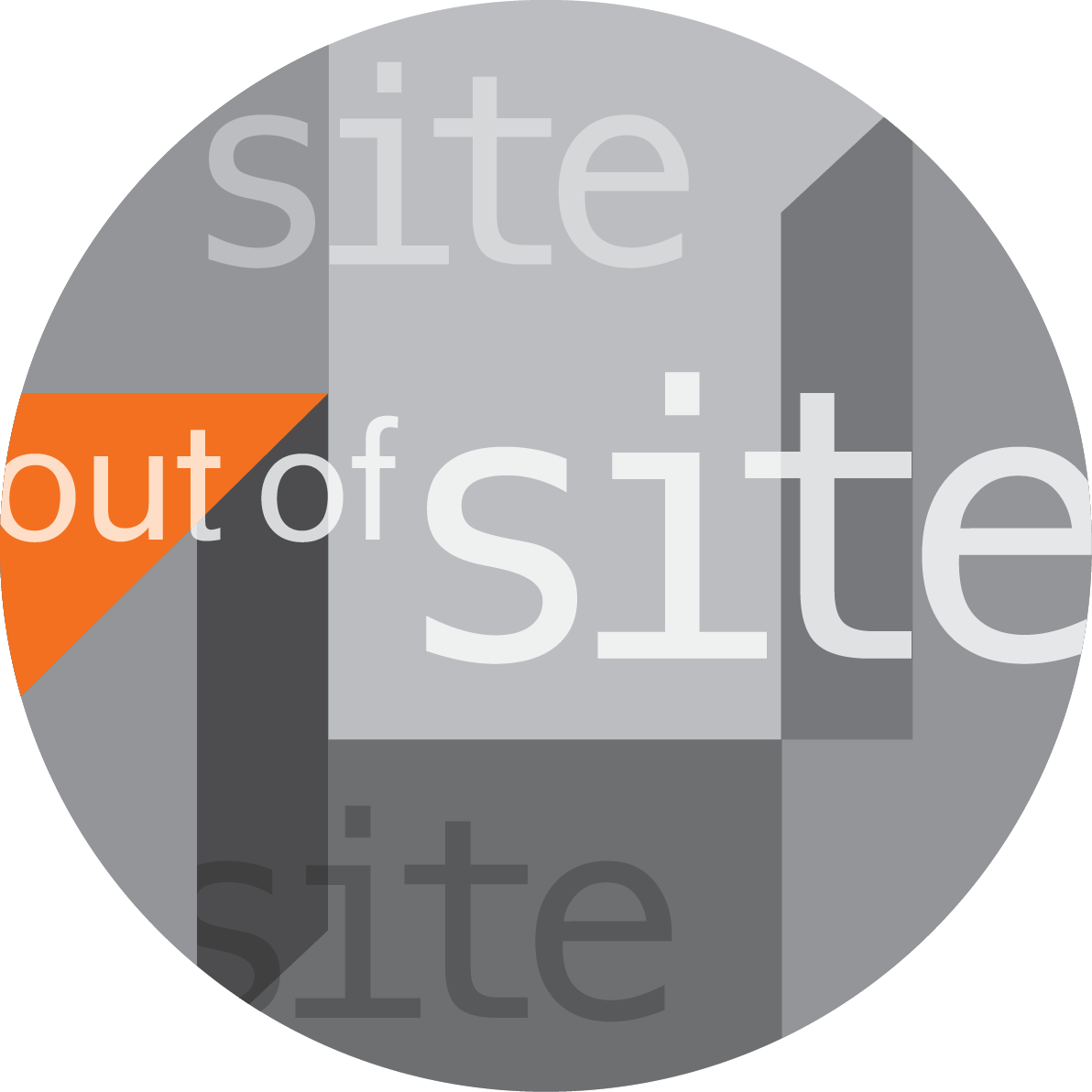Elisa Shoenberger on Hector Canonge: Communicating in the Gaps
In this age of dizzyingly fast communications, we forget how mere decades ago mail was most people’s form of contact. People sent handwritten long letters or even postcards telling them about their adventures. People would have to wait days, sometimes weeks, even months for letters to arrive to learn how their loved ones were doing. There was no guarantee of a reply. This world seems ancient compared to our communications today where we can zip off an email, hop on a video call with someone across the city, the country, or the world.
But one constant remains - the anxiety over the response. You can send that text, make that call, but there is no guarantee of reply. Who hasn’t felt the anxiety of seeing the three little dots in a text conversation, as the respondent contemplates if and what to send in reply? And then there are the technological challenges.
Anyone who has spent any time on any video conferencing software in the past few years can attest to the myriad of disruptions: sound cutting off, video feed freeze, or dropping off the call altogether.
But this challenge of communication was front and center for me in Hector Canonge’s performance lecture “Performing and Confinement.” When we were told the piece had started, all we heard were electronic noises that reminded me of the bygone years of modem’s dial up tones. But that was it. No video, no words. We all stared at each other, wondering when the visual would pop in.
People messaged in the chat saying things like “Can anyone see anything?” “No, I don’t see anything,” “Neither do I,” It became apparent to me that this was the beginning of the piece. This confusion and concern that we were missing the performance. The comments were part of the piece, as we reassured one another that we were collectively in the dark. It reminded me a little of John Cage’s infamous 4’33 but at the next level.
Performing & Congefinement
by Hector Canonge
June 3, 2022 @2pm CT
When the video did start, we encountered a person with an American flag draped over their head inside of a glass bowl, like a fishbowl. It was like looking at a lost astronaut, unseeing, reaching out to the world, hoping for a reply. Like any person who sends out that important message —a confession of love, apology, recrimination— who hopes and waits for a reply.
It reminded me of a recent conference that I spoke at. The conference was in-person but I had requested presenting virtually since public gatherings are not an option for me at the moment. Unlike the many other lectures I had given virtually, I had no audience to look at. It was me and the slides. I had no idea if the audience was interested in my words, laughed at my jokes, or if I had lost them. I too, like the be-flagged astronaut, felt I was speaking into the void.
But the anxiety about what we were missing did not end with Hector’s appearance. Hector moved and talked, his voice would stutter, skip, and the video would freeze. It was frustrating; I just wanted to know what he wanted us to understand. It took me a while to realize that like the initial confusion, this was part of the piece. Just as the astronaut feared the lack of response from the figurative Houston, we the participants feared not hearing, not understanding the transmission. The anxiety of communication was shared amongst all of us.
That anxiety mounted when Hector asked us all to turn our video feeds and microphones on. When he singled me out to join him, I did but I was uncertain what I was supposed to do. I tentatively said, “Hi,” as if I was joining a work call with my boss or a dinner with friends. When he did not reply, I regretted my intrusion, feeling like I was inserting myself into the piece where I shouldn’t be.
I felt that I should wait until he told me what he wanted me to do. Or say. But uncertainty only grew as Hector’s audio and video buffered out; I could only make out sounds that he was saying. I could feel my eyes squinting as I concentrated, seeing if I could discern what he wanted me to do.
But I was lost until he indicated that I should raise my hands up to the camera so we could “touch” our hands together. It felt like a spark of lightning. Even though hundreds of miles away from each other, it felt like we were there together in the moment.
I realized that these technology problems —the gaps, the silences, the stuttering sounds— were the performance. The gaps were the essential part of the piece.
It reminded me of a phrase attributed to Louis Armstrong in Penny M. Von Eschen’s Satchmo Blows Up the World about jazz being all about the gaps. Silence is as much a part of music as the notes themselves.
I often say that a weakness is often a strength and vice versa. No matter how advanced our technology goes, that anxiety will remain. Letters will get lost in the mail; loved ones won’t text back; the internet will go out. And that’s the beauty of communication. The precariousness of it all. Would a rose smell as sweet without the thorns? What is a message without the possibility of not being heard?
Next time a video feed stutters or the sound goes out, I’ll see my anxiety as part and parcel of the experience of trying to talk to other people. How else will I feel that explosion of stars between Hector’s hands and mine?



